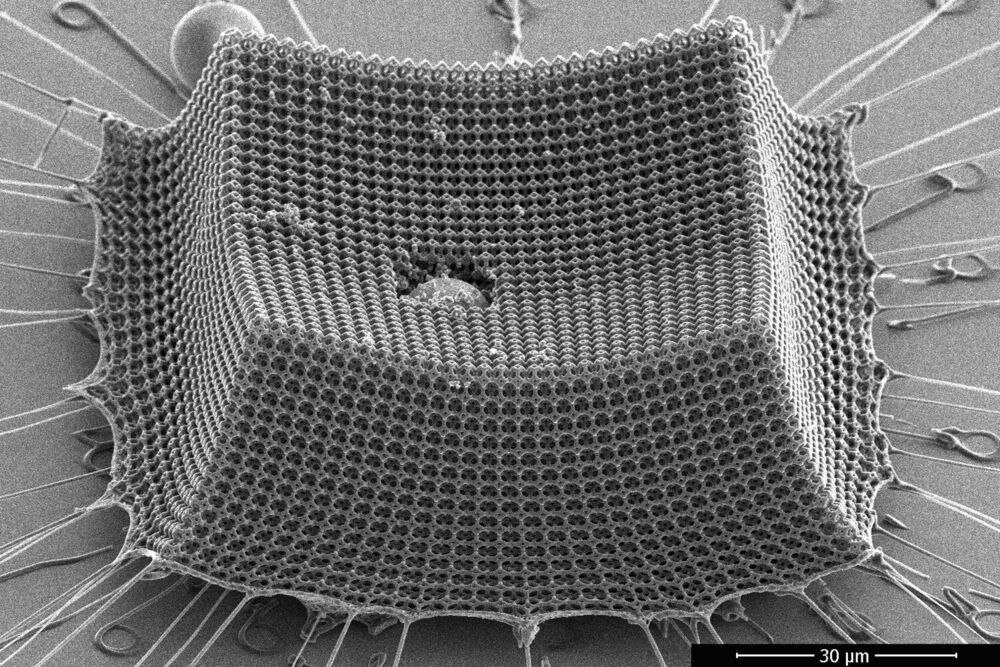The Sverdrup Basin was a Carboniferous to Paleogene depocenter that accumulated over 12 km of sediment from Carboniferous to Paleogene time18 (Fig. 1). From Late Carboniferous to Early Triassic time, the Sverdrup Basin was along the NW margin of Pangea at palaeolatitudes of 35–40°N (ref. 19) (Fig. 1). Until the EPME, the basin was characterised by a central deep basinal area of fine-grained clastic deposition surrounded by a shallow shelf dominated by biogenic carbonate that transitioned in the late Permian to chert formed by shallow water siliceous sponges19. After the EPME, the Sverdrup basin was dominated by clastic-dominated sedimentation18. In this study, we examined the distal deep-water Buchanan Lake section which preserves outstanding Boreal records of the EPME, followed by the biotic recovery in the Early Triassic5. The Buchanan Lake section consists mostly of black shale of the Late Permian Black Stripe Formation and overlying Early Triassic Blind Fiord Formation that preserves characteristic post-extinction fauna20 (Fig. 2).
During the last decade, the Buchanan Lake section has been extensively examined, and the carbon isotope chemostratigraphy, elemental compositions of the shale, and oceanic palaeo-redox changes have been well constrained5, 11, 19, 20, 21, 22, 23, 24, 25, 26 (Fig. 2). The EPME in the Sverdrup Basin is marked by eradication of silica and carbonate producers along with the onset of a significant negative δ13 Corg shift that has been correlated globally with the dated Global Stratotype Section and Point (GSSP) for the Permian-Triassic boundary at Meishan, China, at ~251.9 Ma (refs. 3, 4, 20, 27, 28) (Fig. 2). The palaeo-redox conditions during the deposition of the Late Permian Black Stripe Formation and Early Triassic Blind Fiord Formation evolved from an oxic water column with a strong redoxcline in the sediments to anoxic and then to sulphidic bottom water conditions (Fig. 2).








